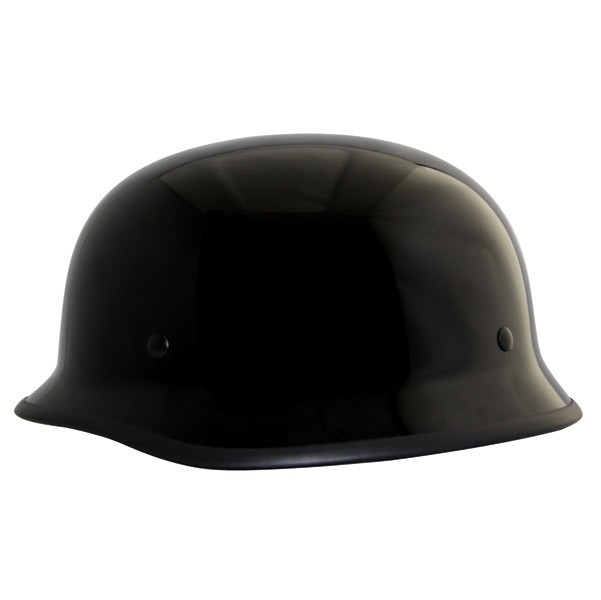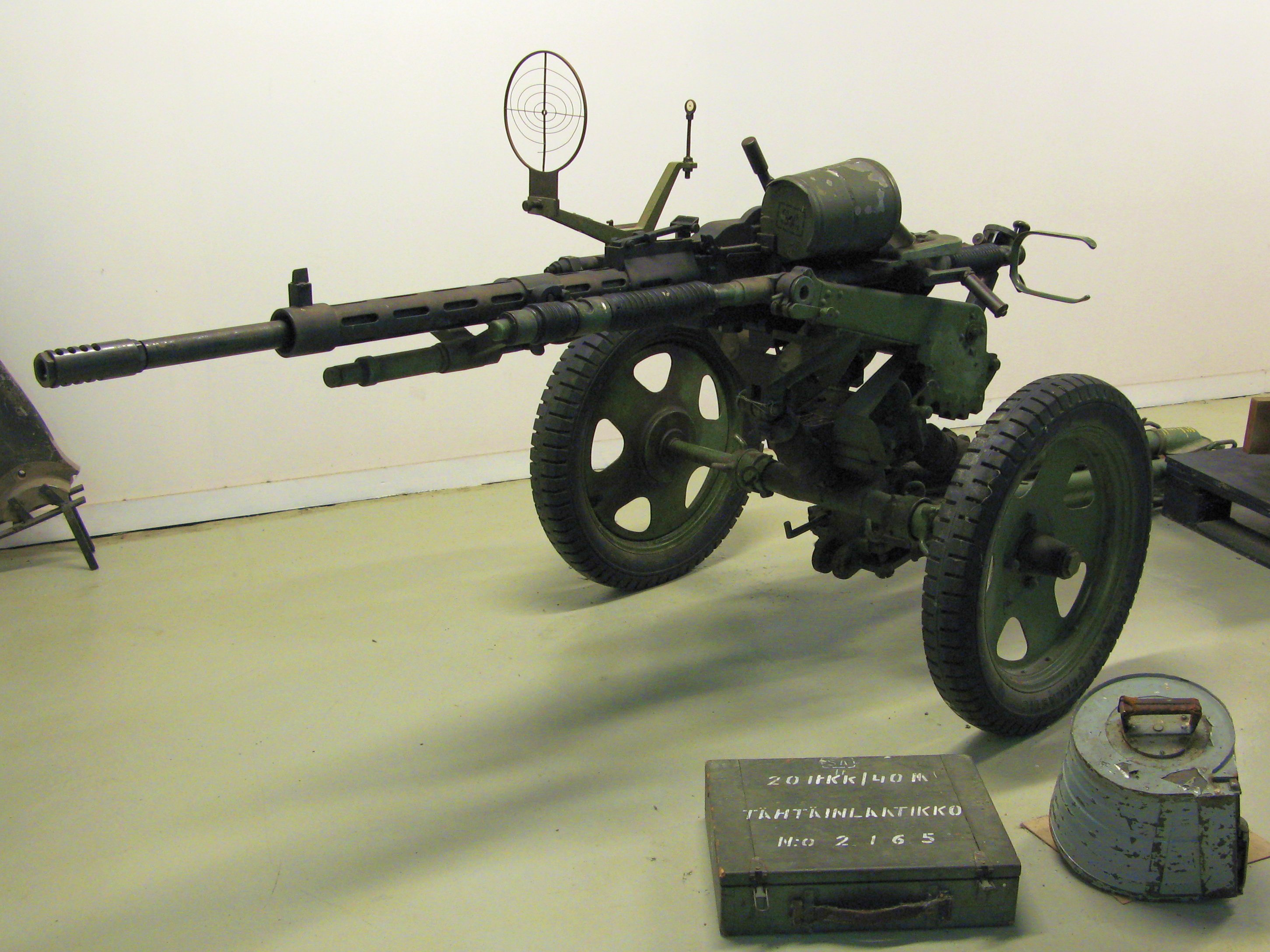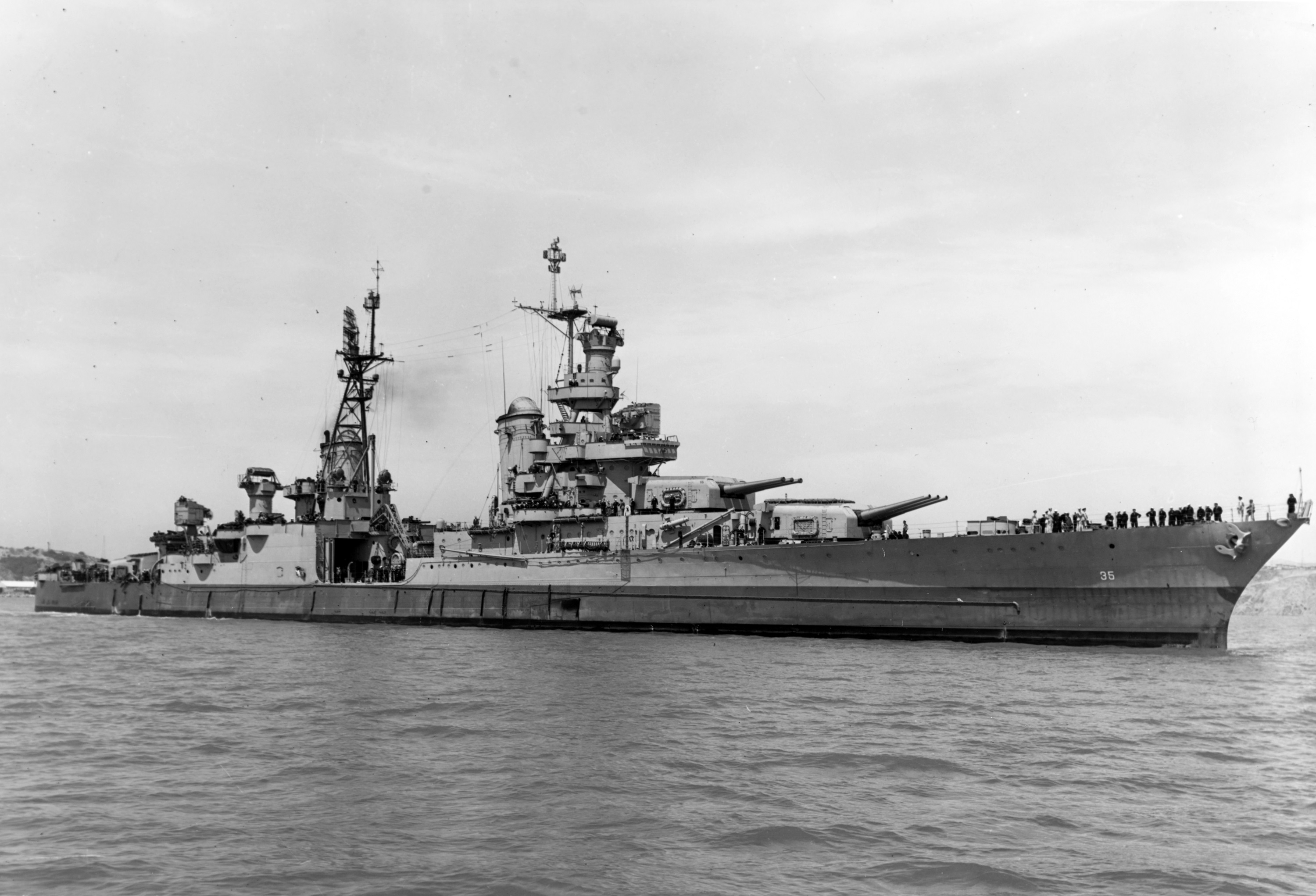These are my ideas for three different Union Fighters.
A Bell P-39 Aircobra belonging to the 61st Fighter Group during the Pittsburgh Austerity, circa 1942.
Developed in the late 1930s, the Bell P-39 was originally rejected by the US Air Force in favor of the Curtiss P-27 Sky Shark, the plane was none the less was ordered by the Irish Air Corps and Brazil in late 1940, ordering 20 and 120 airframes respectively. Upon the outbreak of hostilities in the summer of 1941, all 140 aircraft would be quickly requisitioned by the Union Air Force due to a serious shortage of modern fighters, and as such, the Union Government would order more Aircobras from Bell. The plane would prove to be a capable warplane in the hands of the Union Pilots. The Aircobra was equipped with an Allison copy of the German DB601 Engine and had an armament of 1 37mm cannon, and four .50 cal machine-guns. A total of 6,562 P-39 fighters would be built from 1940 to 1943.
A Bell P-63 King A Cobra flown by John D. Landers of the 357th Fighter Group over Virginia, circa March of 1944.
The P-63 was a further development of the P-39 fighter which entered service in early 1943. The P-63 King Cobra would prove to be a formidable combat aircraft with it's improved Allison V-1092 inline piston engine (which was developed from the DB601 clone) as well as it's capability to perform ground-attack missions with a payload of 1,500 pounds of bombs or rockets as well as it's 37mm cannon, proving useful against armored vehicles. A total 4,502 aircraft would be produced from 1943 to 1944. This aircraft would be widely exported to other nations after the war such as Brazil, Quebec, Honduras, Chile, the Dominican Republic, Haiti, Portugal, Venezuela, and Liberia.
A North American P-64 from the 2nd Training Group based somewhere in Idaho, circa May of 1943.
Following the Invasion of Ohio by the CSA, the USAF found itself in a bad situation in the terms of the number of modern fighter aircraft thanks to the Pre-War Military Budget Cuts made by the Socialist Federal Government. As well as lacking in sufficient numbers of fighters, there was also the problem of not aircraft being produced to meet the demands. So, the Union Air Force Material Command began looking for alternate aircraft that could be manufactured more quickly and had contacted the North American Aircraft Corporation to create a new fighter. Which the company would quickly develop one from the T-6 Harvard Trainer known as the Model 64, which first took flight in October of 1941, which after a period of further development, was accepted into service as the P-64 in April of 1942. Equipped with a Wright R-1820 engine and armed with two .30 cal and two .50 cal machine-guns along with two 20mm M1941A1 autocannons (a modification to the Madsen M38 autocannon). The fighter would gain a reputation of being a well armed and maneuverable yet slow airplane, often nicknamed as the Bull. A total of 871 aircraft would be produced before production being terminated in September of 1942 due to adequate numbers of more advanced aircraft being produced and the planes would be withdrawn to 2nd Line Duties by the end of the year. In early 1943, 70 aircraft would be transferred to the Quebecois Air Force where they served as frontline aircraft until being supplanted by the Super Sharks and King Cobras in late 1944.








